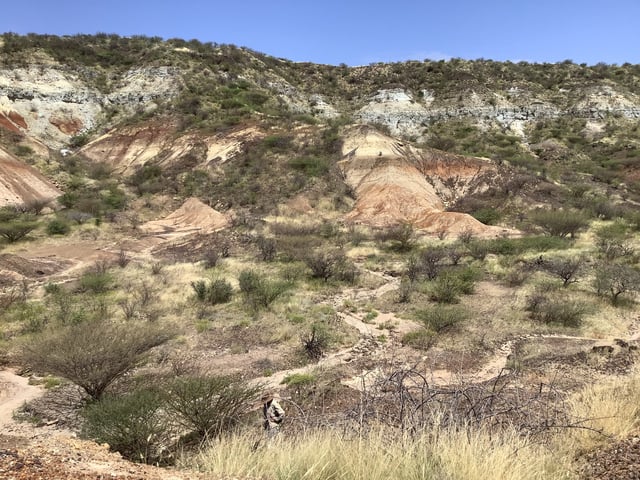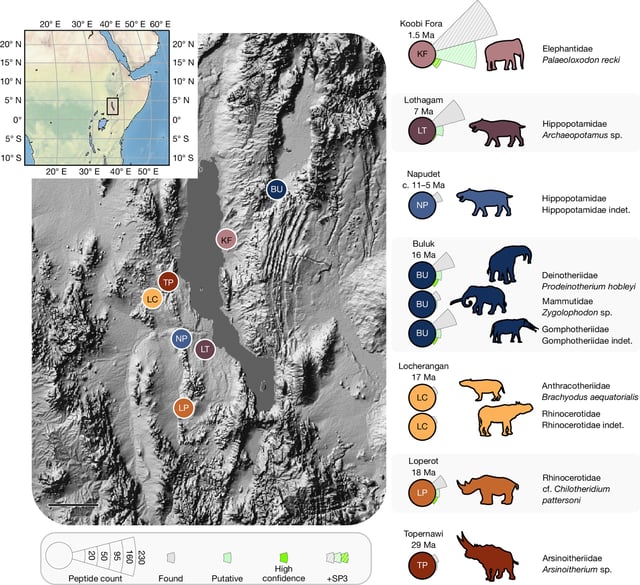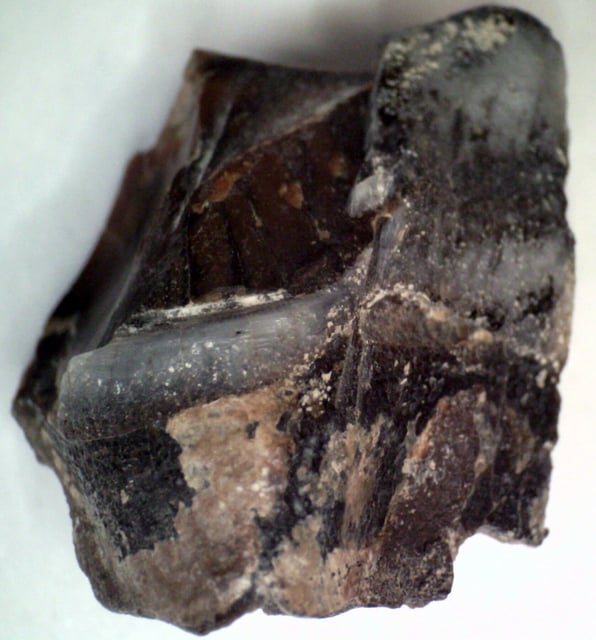Overview
- Researchers published parallel studies in Nature on July 9 reporting protein fragments from 18-million-year-old teeth in Kenya’s Rift Valley and 21–24-million-year-old rhino enamel in Canada’s High Arctic.
- Mass spectrometry analyses verified that the recovered peptides carry taxonomic signatures linking them to proboscidean and rhinocerotid lineages.
- The discoveries push the known survival window for ancient proteins back by 14–15 million years, far beyond the previous 4-million-year limit.
- Dental enamel’s mineralized hydroxyapatite matrix proved robust against both tropical heat and Arctic cold, acting as a natural “self-fossilization” barrier for proteins.
- Teams are now refining extraction and sequencing techniques and targeting older or more varied fossil samples with the goal of probing protein preservation into the Mesozoic era.



